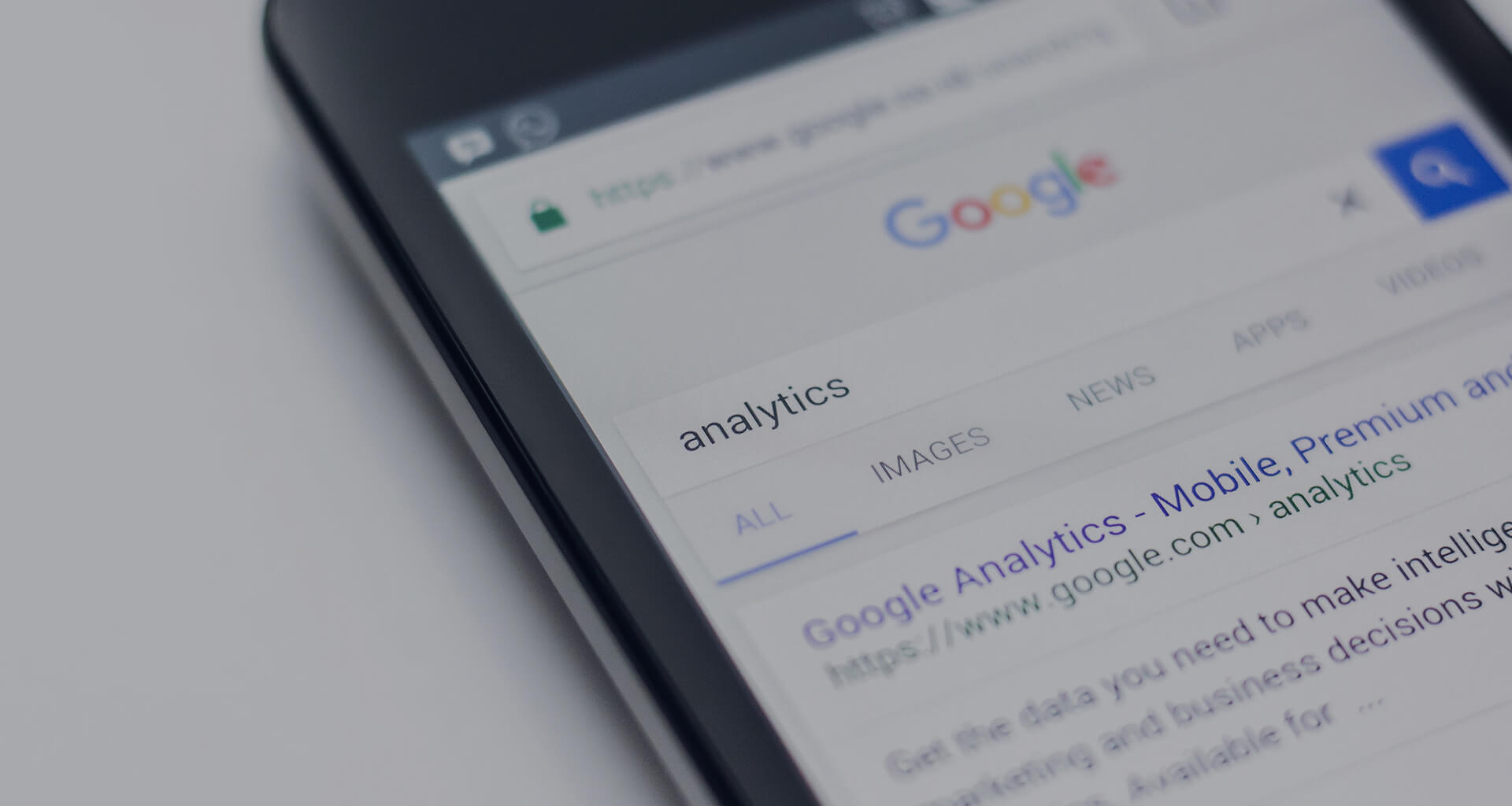Creating a successful online presence is crucial for any business striving to stand out in a competitive market. It’s not just about attracting visitors to your website; the ultimate goal is to convert those visitors into paying customers or engaged users. Mastering website conversion is the key to achieving this. Whether it’s prompting a purchase, encouraging newsletter sign-ups, or facilitating form submissions, a high-converting website is designed to engage and persuade users to take those desired actions. In this blog post, we’ll delve into the crucial elements and best practices for designing and developing such a website, providing actionable tips to optimise performance and boost conversion rates.
Understanding Website Conversion
Website conversion is the process of turning website visitors into desired actions or outcomes, such as purchases, newsletter sign-ups, contact form submissions, or resource downloads. Across industries, the average conversion rate is 2.35%, but this can vary. This underscores the potential for significant improvements in conversion rates and serves as a benchmark for businesses aiming to optimise their website’s performance.
Key Elements of a High-Converting Website
1. Clear Copy
Clear and concise copy is pivotal for website conversion. Crafting persuasive content that directly addresses the audience and guides them through the conversion journey is essential. Avoid jargon or confusing language to create a user-friendly experience that builds trust and engagement.
2. Visual Appeal
The impact of visually engaging elements on a website cannot be overstated. Incorporating eye-catching images, videos, and graphics enhances user engagement and contributes to higher conversion rates. It’s crucial to align visuals with the intended audience and brand image.
3. Responsive Design and Intuitive Navigation
Responsive design and intuitive navigation are critical for a positive user experience, especially with the increasing use of mobile devices. Ensuring seamless access and navigation across various screen sizes reduces friction and increases the likelihood of conversion.
4. Fast Loading Speed
In today’s fast-paced digital environment, website visitors expect quick page loading. Implementing techniques such as caching, image compression, and code reduction, along with investing in robust hosting, enhances the user experience and contributes to higher conversion rates.
5. Persuasive Call-to-Actions (CTAs)
CTAs are essential elements guiding users to specific actions. Using action-oriented language, strategic placement, and visual cues such as contrasting colours or whitespace can draw attention to CTAs, making them more effective. It’s crucial to strike a balance between visibility and maintaining a cohesive visual hierarchy on the page.
Streamlining the Conversion Funnel
Understanding and streamlining the conversion funnel is a critical aspect of conversion optimisation. The funnel represents the stages a potential customer goes through, from initial awareness to the final conversion or purchase stage.
Strategies for Simplifying the User Journey
- Clear and Intuitive Navigation: Ensure that your website’s menus are straightforward and easy to use.
- Streamlined Forms: Keep forms concise and user-friendly by asking for only essential information.
- Personalization: Tailor the user experience based on visitor behaviour and preferences.
- Simplified Checkout Process: Streamline the checkout process, offering guest checkout options and clear pricing, to minimise friction and encourage conversion.
- Instant Customer Support: Offer real-time, personalised assistance using live chat or AI chatbot to engage potential customers instantly and offer tailored guidance.
Building Trust and Addressing Objections Throughout the Funnel:
- Social Proof: Incorporate elements like customer testimonials, reviews, or case studies to build trust.
- Clear Value Proposition: Communicate the unique value and benefits of your product or service consistently.
- Addressing Objections: Anticipate and address common objections or concerns, providing transparent information about pricing, guarantees, and return policies.
Website Conversion and SEO
Optimising your website for search engines is a crucial aspect of improving visibility and driving organic traffic. SEO can significantly impact conversion rates by increasing website visibility and attracting relevant, targeted traffic.
SEO Strategies for High Conversion Rates:
- Keyword Research: Identify and strategically incorporate keywords relevant to your target market into your website’s content.
- On-Page Optimisation: Optimise on-page elements, such as title tags and meta descriptions, for improved search engine rankings.
- Quality Backlinks: Acquire high-quality backlinks to enhance your website’s authority and credibility.

Optimising Site Speed
User experience is paramount in conversion optimisation, and site speed plays a significant role. Optimising your website’s loading speed improves user satisfaction and reduces bounce rates, ultimately increasing the likelihood of exploration and conversion.
Analysing and Tracking Conversion Metrics
Analysing and tracking conversion metrics is crucial for understanding the effectiveness of your marketing and optimisation efforts. Key metrics, such as click-through rates, bounce rates, time on page, and conversion rates, provide valuable insights into user behaviour.
A/B Testing and Optimisation
Conversion metrics are essential for conducting A/B tests and optimisation experiments. Comparing different variations of landing pages, CTAs, or other conversion elements helps determine which variations are more effective in driving conversions.
Setting and Monitoring Goals
Conversion metrics enable you to set specific goals and monitor progress toward those goals. Regularly monitoring these metrics allows you to stay focused, track performance trends, and adjust your strategies to achieve your desired outcomes.
Conclusion
In today’s highly competitive online landscape, mastering the optimisation of your website’s conversion rate is essential for success. It’s an ongoing process that demands attention to the needs, wants, and habits of your target audience. To experience the transformative power of expert conversion specialists on your website, book a complimentary 100% free conversion audit today with AdVisible. Discover how an optimised customer experience can revolutionise your business and propel your conversions to new heights.





